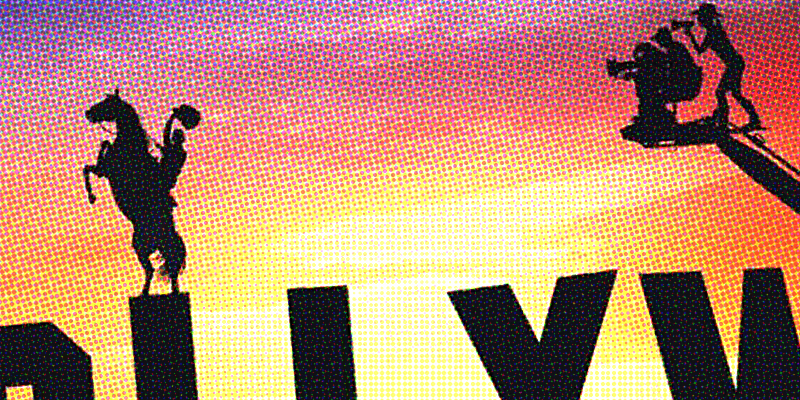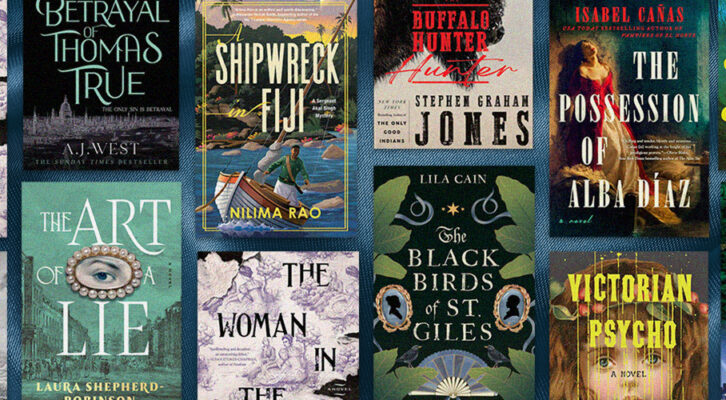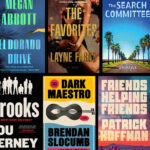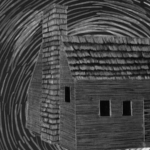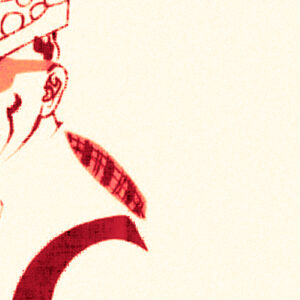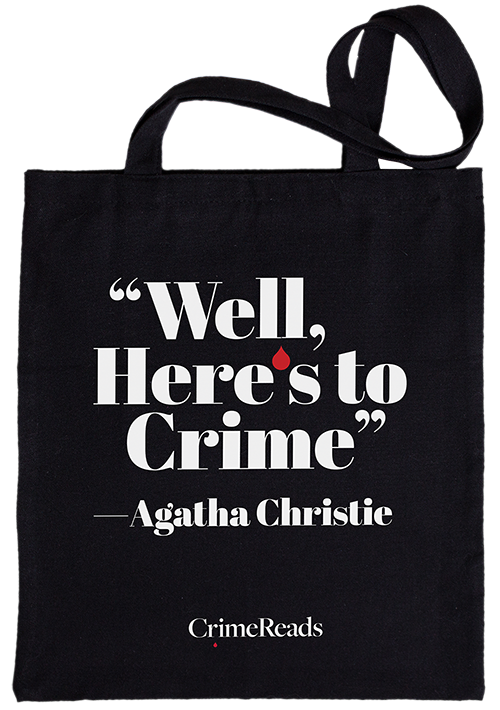“Anybody who actually makes a movie, to me, is a hero.” So said Harry Hurwitz in an interview in the 1995 edition of Film Directors: A Complete Guide by Michael Singer, a series of reference books invaluable in the pre-IMDb era. Hurwitz, included alongside Robert Rodriguez (El Mariachi, Sin City), Joel Schumacher (A Time to Kill, Phone Booth), and the veteran Robert Wise (West Side Story), is introduced by Singer as a filmmaker representative of those who “do not inhabit the same professional plane as Steven Spielberg … (who) struggle for their art, and worry about where their next job is coming from,” adding that Hurwitz “cheerfully admits that he’s still a struggler, and still something of a maverick outsider in the movie business.” The maverick nonetheless pieced together a career interspersing stints in academia with independent film, documentaries, soft-core movies made under a pseudonym, the occasional studio writing assignment, and home video fodder in the glory days of VHS cassettes.
By Hurwitz’s standard, it’s a heroic output. One of his films, the crime comedy The Comeback Trail, was even remade by writer/director George Gallo, responsible for a modern classic of the form (1988’s Midnight Run), and a cast toplined by a trio of Academy Award winners: Robert De Niro, Morgan Freeman, and Tommy Lee Jones. That new version barely saw theaters and is currently touted on demand as a recent release, despite being a relic from the dawn of the Biden administration. The premise—a movie goes into production with the sole purpose of killing its leading man for an insurance payout—isn’t all that the films share. The original Comeback Trail was never officially released at all. That it somehow overcame that hurdle to spawn a similarly snakebit successor is perhaps Hurwitz’s most heroic accomplishment.
The Comeback Trail (1982, even though it was finished in 1974, or possibly 1975, maybe 1976)
New York native Hurwitz broke through as a visual artist, his paintings displayed at the Metropolitan Museum of Art, the National Gallery in Washington DC, and elsewhere. But he told the St. Petersburg Times in 1976, “My paintings were frustrated. They all wanted to be movies. I think cinematically.”
His first feature, made while he was on the faculty at NYU, remains Hurwitz’s best-known work. The Projectionist (1970) is an authentic curio, a micro-budgeted indie that prefigures our fractured contemporary media landscape. Chuck McCann, a comedian and children’s television show host who achieved 1970s ubiquity in a long-running series of Right Guard deodorant commercials (“Hi, guy!”), plays the title role. He toils thanklessly in a Manhattan grindhouse, squabbling with the theater’s dictatorial manager (a surprisingly effective Rodney Dangerfield in his acting debut) and fantasizing about escaping onto the big screen himself. In black-and-white sequences, McCann becomes the hapless superhero Captain Flash, squaring off against his nemesis the Bat (Dangerfield again). The character’s daydreams are supplemented by clips from films like Casablanca, Citizen Kane, and The Maltese Falcon, McCann occasionally interacting with bygone stars like Humphrey Bogart a decade before Steve Martin did likewise in his noir parody Dead Men Don’t Wear Plaid (1982). Hurwitz told the Toronto Star in 1971 that he deployed the device to comment on “fragmentation and confusion—the fact that we’re bombarded on so many levels of reality.” Viewed today, these bits feel gimmicky, far less effective than the scenes of the projectionist drifting through the chaos of the New York streets, wandering into an adult bookstore where a centerfold springs to life to offer tough-love advice. At the time, though, they spoke to a burgeoning classic film culture and accounted for the movie’s popularity. The Projectionist made a lasting impression on at least one of Hurwitz’s students, with Hurwitz telling Singer that Joe Dante (Gremlins, Matinee) said “there’s a little bit of The Projectionist in every movie he’s ever made.”
As his debut film opened around the country, Hurwitz reassembled much of its cast for his follow-up. His version of The Comeback Trail focuses on Eestman and Kodac—hold for laugh—a pair of showbiz bottom feeders. Hurwitz described them as “an updated, sort of slimy Laurel and Hardy.” McCann’s Kodac, if not the brains of the outfit at least the louder of the two, sports an extravagant Italian accent that makes those in Super Mario Bros. seem understated. Eestman is played by Robert Staats, reprising his oily pitchman from The Projectionist, where he sold the Judeo-Christian Good Guy Kit, while ratcheting up the genial perversity; Eestman is a BDSM enthusiast and his featured product this go-round is 16mm foot-fetish films. Their bargain basement studio, which cranks out pornographic musicals and fare like Revenge of the Chicken Man featuring a foul-mouthed Professor Irwin Corey, teeters on the brink of bankruptcy. An idle observation that the death of an actor mid-production would result in a hefty insurance settlement sets the plot, such as it is, in motion. Eestman and Kodac hire Adolf Hitler—sorry, Heinrich Gonzales from Argentina—to direct (turns out he misses telling people what to do), and recruit retired sagebrush star Duke Montana (Buster Crabbe) as their lead without telling him that they plan for him to die before Gonzales ever calls “Cut.” It’s Mel Brooks’ The Producers (1967) transplanted to the movie business, with a murderous gleam in its eye.
It’s Mel Brooks’ The Producers (1967) transplanted to the movie business, with a murderous gleam in its eye.It’s also not good. The Comeback Trail 1.0 runs seventy-five interminable minutes. It opens with Montana recounting the story to a wooden Hugh Hefner as himself, so it’s apparent from the outset that Eestman and Kodac bungle the job. There’s a scattering of decent jokes. Kodac wins Duke over with a promise to showcase the glory of the western landscape, then reveals that their initial location is near Central Park’s Tavern on the Green. When Eestman asks why they don’t have a horse for the first day’s shoot, Kodac snaps, “The cop didn’t show up!” Duke not only refuses to drop dead from exertion—a weirdly long workout montage demonstrates what phenomenal shape the former Olympic swimmer Crabbe was in at sixty-plus years of age—but is reinvigorated by being back in front of the camera. Bankrolling the production himself, he moves the shoot to the desert, his “producers” tagging along to finish him off. They swap in real bullets and dynamite, rigging stunts that fail to go awry. A labored sequence involving an attempt to poison Duke’s beverage of choice feels as long as an Ibsen play but with half the laughs.
Both production and post-production were protracted. New Mexico governor-elect Bruce King visited the set in December 1970 only seconds after the accidental crash of a vintage biplane used in the movie. (The pilot’s admirably terse comment, “The crash shouldn’t have happened but it did,” could be used after any such incident.) Hurwitz, teaching at the University of South Florida in the mid-1970s, told the St. Petersburg Times in 1976 that “a tortuous history of rejection” by financiers had delayed the release of his “fashionably irreverent … freewheeling movie.” One of its few supporters was Crabbe, who said in a 1977 interview, “Usually I don’t like myself much on the screen. But this film was different.” Another booster was Hefner, who received a completed print of The Comeback Trail as partial payment for his appearance and screened it on select movie nights at the Playboy Mansion, lending the film an underground notoriety.
On June 4, 1982, The Comeback Trail opened for a brief run at New York’s Thalia Theater. The New York Times was one of the few outlets to notice. Critic Janet Maslin praised Crabbe’s performance while noting “every scene looks like a first take … The audience comes to much more harm than (Crabbe) does.” In a June 1992 Daily News column, Joe Kane, writing under his “Phantom of the Movies” byline, called The Comeback Trail “a film destined to go forever unreleased, even on cassette.” It never appeared on home video.
So how did it get remade? How did the person who remade it even see it?
The Comeback Trail (2020, although it wasn’t released in the United States until 2025)
Like much of contemporary popular culture, the answer lies at a comic book convention. As Gallo explained in a March 2025 episode of the podcast Backstory, he was attending one such event at a New York hotel in 1974. Hearing the familiar rattle of a movie projector, he crashed an investors’ screening of The Comeback Trail. His verdict? “It’s a godawful movie, and I know I can say that because Joy Hurwitz thinks it’s godawful and it was her husband’s movie.” While Gallo “couldn’t stop laughing for the wrong reasons,” he admitted that the premise—a producer trying to kill his star—stuck with him. When his career hit high gear after writing Midnight Run, he returned to the idea. He tried purchasing the rights but his attorneys couldn’t determine who owned them; after all, the movie had never been officially released. In a Hollywood-worthy twist, Gallo was invited by Phil Rosenthal, creator of the sitcom Everybody Loves Raymond, to a Q&A after a Midnight Run screening in the early 2000s. A fellow guest told Gallo it was her husband’s favorite movie. She introduced herself as Joy Hurwitz, Harry’s widow—the filmmaker died in 1995—and revealed to an astonished Gallo that she retained the rights to her late husband’s work. He immediately proposed a remake, shaking hands with Joy Hurwitz on the deal in the foyer of Rosenthal’s home.
Step one was revisiting Hurwitz’s original opus. “I’ll be honest with you,” Gallo told Backstory host Jeff Goldsmith, “we had a hard time getting through it. Some of it is not good.” Gallo and cowriter Josh Posner made the decision to start afresh, jettisoning everything save the set-up and the name Duke Montana. Hyping the film as “The Producers meets Get Shorty,” Gallo found no takers. Then Midnight Run star De Niro called, saying he was eager to make something “really silly” after wrapping Martin Scorsese’s decades-spanning gangland epic The Irishman (2019). The actor committed in short order, with Freeman and Jones signing on soon after. “It all came together in a week,” Gallo told the Aspen Times in 2020, “but it took seventeen years to get to that week.”
So how did The Comeback Trail get remade? How did the person who remade it even see it?The Comeback Trail 2.0 is a period piece, set in 1974 Hollywood. The latest effort from Miracle Motion Pictures, Killer Nuns, is met with protests from the clergy, which Miracle mogul Max Barber (De Niro) spins to nephew and protégé Walter (Zack Braff) as a positive: “Never seen a line going down the block in front of one of our films before.” (It must be said that Max’s output lacks the sleazy gusto of the Eestman/Kodac oeuvre, not to mention authentic exploitation films of the era.) The outcry won’t aid Max’s fortunes. He’s deep in hock to movie-mad gangster Reggie Fontaine (Freeman), who threatens to bump Max off using methods from his favorite films. Max makes his insurance fraud pitch to Reggie to save his skin. Keeping Walter in the dark about his scheme, he settles on a star: Jones’ Duke, playing Russian roulette at the Final Curtain Actors Retirement Home between filming used car commercials. But Max will learn, as Eestman and Kodac did before him, that Duke is too ornery to ride off into the sunset.
Gallo unabashedly calls his The Comeback Trail “a crowd-pleaser.” It’s certainly more cohesive than the original, and its heart is in the right place. Too bad it isn’t particularly funny. For all its faults, at least Hurwitz’s original is sporadically enlivened by a gonzo comic sensibility. The rebooted Trail suffers from its compressed 25-day schedule—Gallo advised his actors, “Try to bring it as fast as possible, because if you’re in focus, I’m moving”—its limited budget betrayed by its inferior special effects. De Niro, fully investing in Gallo’s description of Max as “like Wile E. Coyote,” gives an antic performance. Graff wisely underplays in response and comes off better. Jones gets to deliver a genuinely good monologue in the film-within-a-film about a poker game as a metaphor for a squandered life and emerges with dignity intact. But the performer who finishes in the winner’s circle is Butterscotch, the well-trained stunt horse that loves watching Johnny Carson’s The Tonight Show.
The Covid pandemic scuttled The Comeback Trail’s scheduled 2020 theatrical release, a situation compounded by its European financiers insisting on sticking to the terms of the deal, leading to the film screening on television internationally in 2021. A complex lawsuit followed. Gallo also disliked the European cut of the film, which did not include Sheryl Lee Ralph as Bess Jones, the lover Duke abandoned when he feared an interracial romance would derail his career. (Ralph is always a welcome presence and the storyline does illuminate Duke’s suicidal bent, but it also excuses years of his stalkerish behavior.) Gallo’s preferred version appeared in a handful of theaters and on demand in February 2025. Curious viewers drawn by the heavyweight ensemble will likely be unaware that this tale of movie-set mayhem is a remake of a film made fifty years ago that almost no one has seen, although the closing dedication hints at the history. It reads, “In loving memory of Harry Hurwitz.”
Hurwitz’s The Comeback Trail is on YouTube. The remake is available on demand.

